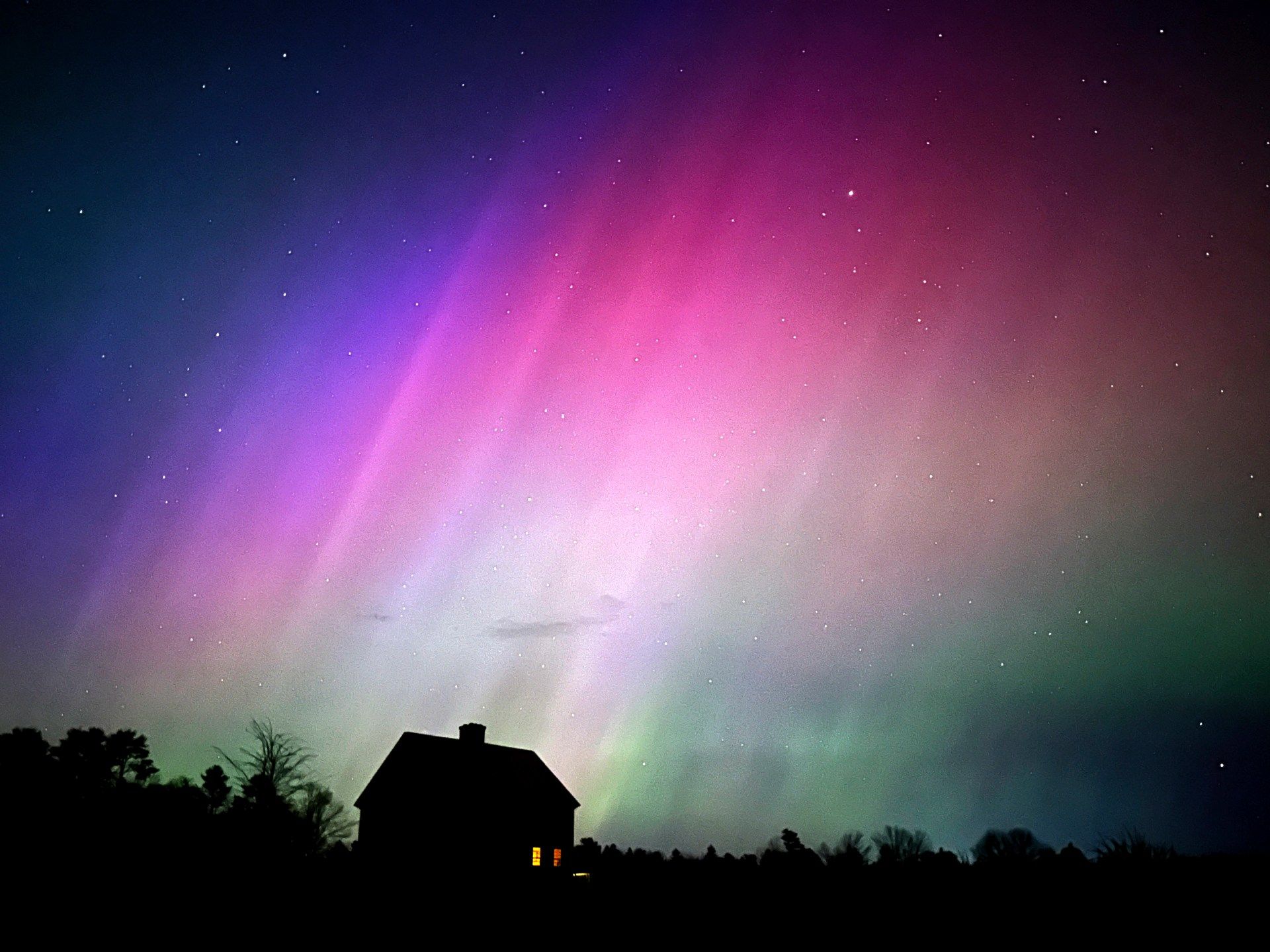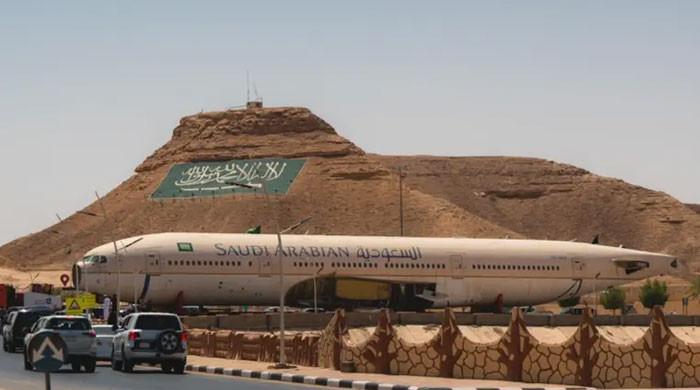An unusually strong solar storm that hit Earth produced stunning displays of color in the skies of the Northern Hemisphere early Saturday, with no immediate reports of power and communications disruptions.
The U.S. National Oceanic and Atmospheric Administration issued a rare severe geomagnetic storm warning when a solar flare reached Earth on Friday afternoon, hours ahead of schedule.
The effects of the northern lights, which were on display in the United Kingdom, would last throughout the weekend and possibly into next week.
Many in the UK shared phone photos of the lights on social media early Saturday, with the phenomenon seen as far away as south London and southern England.
There were sightings “up and down the country,” said Chris Snell, a meteorologist at the Met Office, Britain's meteorological agency. He added that the office received photographs and information from other European locations, including Prague and Barcelona.
NOAA alerted operators of power plants and spacecraft in orbit, as well as the Federal Emergency Management Agency, to take precautions.
“Most people here on planet Earth won't have to do anything,” said Rob Steenburgh, a scientist at NOAA's Space Weather Prediction Center.
The storm could produce the northern lights as far south as Alabama and northern California, NOAA said. But it was difficult to predict and experts stressed that it would not be the dramatic curtains of color normally associated with the northern lights, but rather splashes of greenish hues.
“That's really the gift of space weather: the aurora,” Steenburgh said. He and his colleagues said the best views of the aurora may come from phone cameras, which capture light better than the naked eye.
The most intense solar storm in recorded history, in 1859, caused auroras in Central America and possibly even Hawaii. “We're not anticipating that,” but it could get close, said Shawn Dahl, a NOAA space weather forecaster.
This storm poses a risk to power grids' high-voltage transmission lines, not power lines typically found in homes, Dahl told reporters. Satellites could also be affected, which in turn could disrupt navigation and communication services here on Earth.












